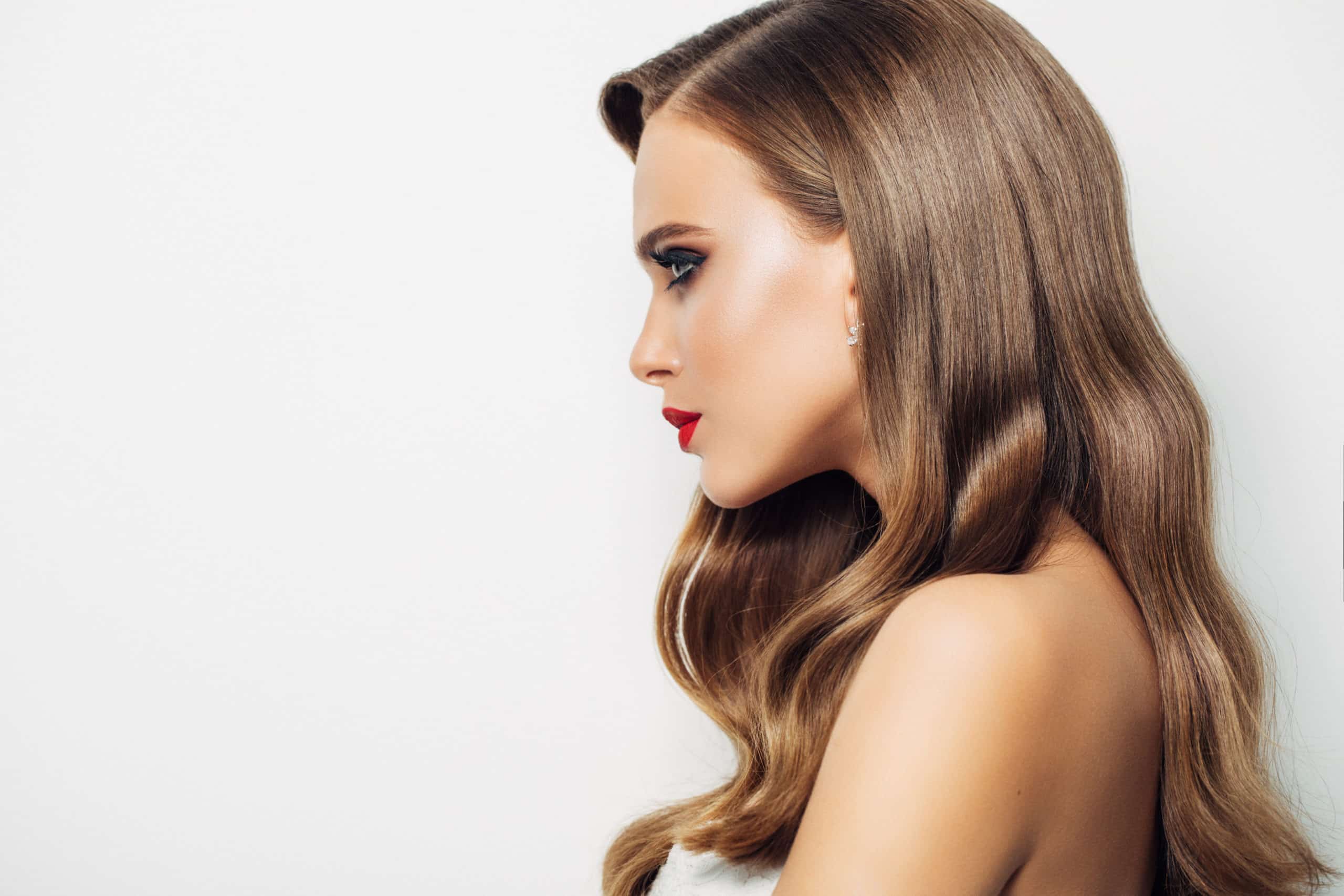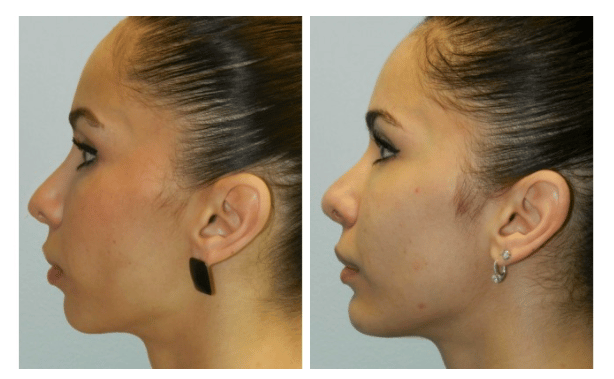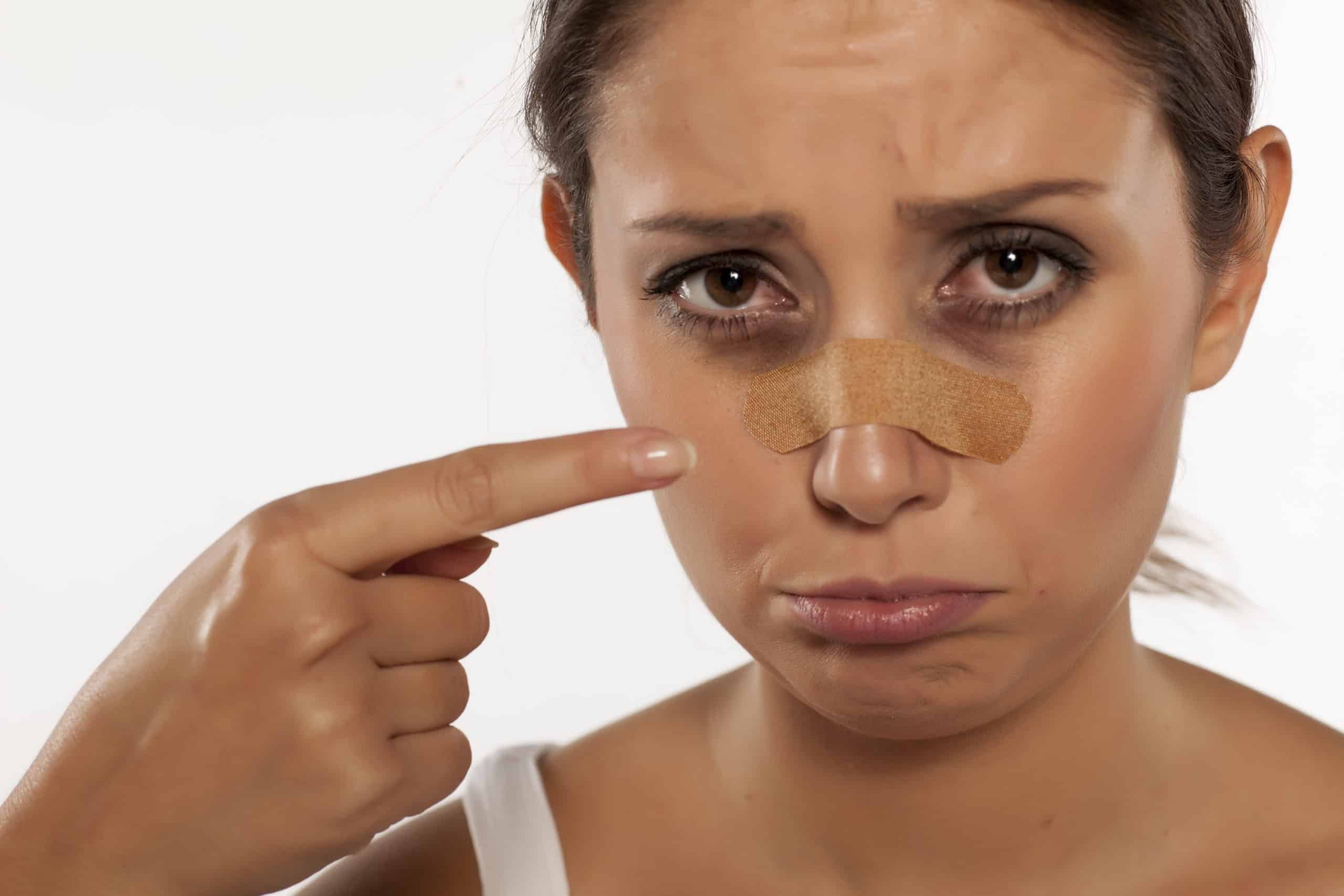Rhinoplasty in Houston & Sugar Land, TX
Your nose holds a prominent role on your face. As one of the top focal points on the face, it is no surprise that a rhinoplasty is one of the top cosmetic procedures. Many individuals desire to reshape the nose they were born with, or correct a nose injury from years ago. Whichever the reason, Dr. David Altamira will sit with you and assess your nose to create the best treatment plan for your desired results.
What is a Rhinoplasty?
Rhinoplasty, also known as nose surgery or nose job, is one of the most common plastic surgery procedures. Many patients come into either our Houston or Sugar Land office with the desire to reshape their nose. Some individuals find that their nostrils overly flare, while others might have a strong desire to correct their overarching bridge. These are only a few of the many reasons why people may desire a rhinoplasty. During the nose procedure, the nose is reshaped, reduced or augmented to improve its appearance. A rhinoplasty is able to correct a birth defect or repair an injury such as a broken nose. Although this treatment is often for cosmetic purposes, Dr. Altamira encounters patients that require a rhinoplasty due to a full or partial block in the airway. This is called a septoplasty.
What is Septoplasty?
For a patient with a deviated septum, it is often performed along with septoplasty. Septoplasty is a surgical procedure that corrects a deviated septum. In such cases, rhinoplasty effectively treats health and breathing problems, in addition to improving the patient’s appearance.
Rhinoplasty Patient Testimonial
Holly explains her lifelong desires of a rhinoplasty and how Dr. Altamira was able to provide her the adjustments she always longed for.
Candidates For Nose Surgery
A good candidate for nose surgery has finished their facial growth. Girls should typically be at least 15 or 16 years old; boys should be at least 17 or 18. Patients considering rhinoplasty should be in overall good health and not smoke. It is important that candidates have realistic expectations about what rhinoplasty can do. Although undergoing rhinoplasty may boost self-confidence, it will not be a cure-all for personality or relationship issues, and should not be the result of social pressure.
What Are The Goals Of Rhinoplasty?
There are several goals of nose surgery; they include facilitating breathing as well as improving appearance. During the procedure, Dr. David Altamira may attempt to do one or more of the following:
- Remove a hump
- Modify the bridge
- Reshape the tip
- Reshape or resize the nostrils
- Repair an injury
- Open breathing passages
- Increase or decrease the size
Rhinoplasty can involve modifying bone, skin or cartilage, or all three.
The Rhinoplasty Procedure
The Rhinoplasty procedure usually takes anywhere between 1 to 2 hours as an outpatient procedure. A rhinoplasty is done under sedation or general anesthesia. There are two possible techniques for successful nose surgery. These include the following:
-
- Closed Rhinoplasty
- Open Rhinoplasty
Closed Rhinoplasty
The term closed rhinoplasty describes a surgical procedure in which incisions are made only inside the nostrils. This is a relatively complex procedure because the tissue is not completely lifted to expose internal structures.
Open Rhinoplasty
Open rhinoplasty is a term used to describe a surgical technique that more readily exposes internal nasal structures. Open rhinoplasty may involve incisions inside the nostrils as well as outside of the base of the nose, across the column of tissue that separates the nostrils.
With both methods, the soft tissues covering the nose are gently lifted, and the bone and cartilage are sculpted to the desired shape. If additional cartilage is necessary to augment the nose, the patient’s nasal septum is the usual source. Dr. Altamira is able to obtain any additional cartilage from the ear surgically or other parts of the body, if larger sections of tissue are necessary. For patients with a deviated septum, Dr. Altamira is able to adjust the septum and inner structures of the nose to improve breathing. The tissues are then redraped and stitched closed. If necessary, he will reshape the nostrils in the final stage of rhinoplasty.
Rhinoplasty Before and After
Click Here to View More Rhinoplasty Cases
Does Nose Surgery Hurt?
Rhinoplasty surgery is performed under general anesthesia. The procedure does not hurt. Furthermore, post-surgical pain is typically minimal, despite the repositioning of nasal tissue. Prescription pain medication is prescribed before surgery, but many patients take only a few doses before switching to over-the-counter pain relievers.
Recovery From Nose Surgery
Immediately after surgery, the patient’s nose and eye area are usually bruised and swollen. A splint may need to be worn across the bridge of the nose for the first week after surgery. During this period, the patient may experience some nasal pain or a dull headache, as well as some bleeding and drainage from the nose.
Most of the swelling resolves within two weeks, and the rest tends to go away within a month. Although the patient usually looks “normal” a week or two after surgery, minimal swelling may be present for as much as a year.
When Can I Return To My Normal Activities After a Rhinoplasty?
Patients may begin to resume up to 25% of their normal activity after their first week of recovery. Jostling of the body/face and increased heart rate need to be strictly avoided.
- At week 3 of recovery, up to 50% of normal activity, including intensity and repetitions, can be resumed in most cases. Yogis need to limit inversions until cleared by their doctor.
- At week 4, up to 75% of normal activity can be resumed.
- By week 6, the level of physical activity should correlate with the degree of swelling that remains.
Exercise increases circulation, which means swelling can worsen.
Rhinoplasty Risks
Complications associated with rhinoplasty are rare and, when they occur, usually minor. Surgical risks, in general, include infection or adverse reaction to anesthesia. In the case of rhinoplasty, specific risks include the following:
- Recurring nosebleeds
- Difficulty breathing through the nose
- Permanent numbness in or around the nose
- Persistent pain
- Discoloration of skin on the nose
- Scarring
- Perforation of the nasal septum
Schedule a Consultation
To learn more about the Rhinoplasty procedure, call (713) 271-9000 to schedule a consultation to find out if you are a good candidate for surgery. Dr. Altamira has plastic surgery offices located in Houston and Sugar Land .





